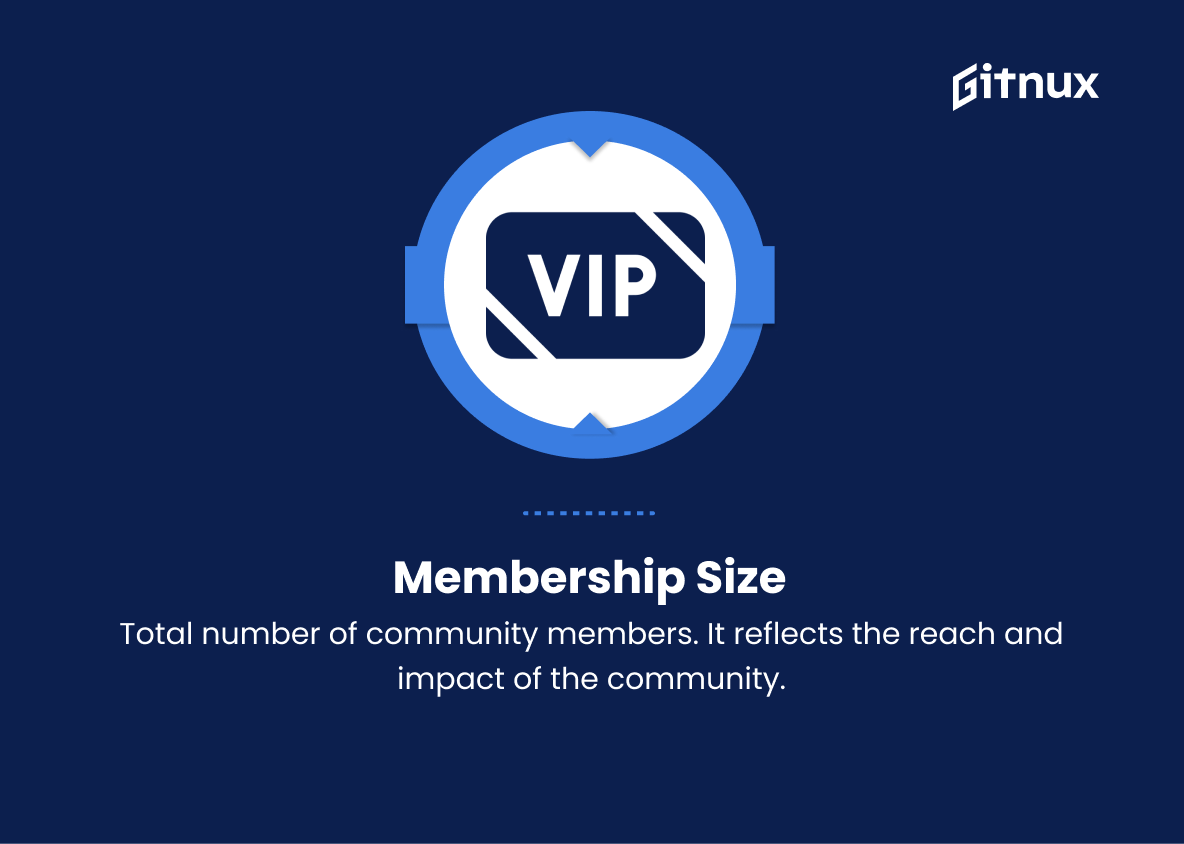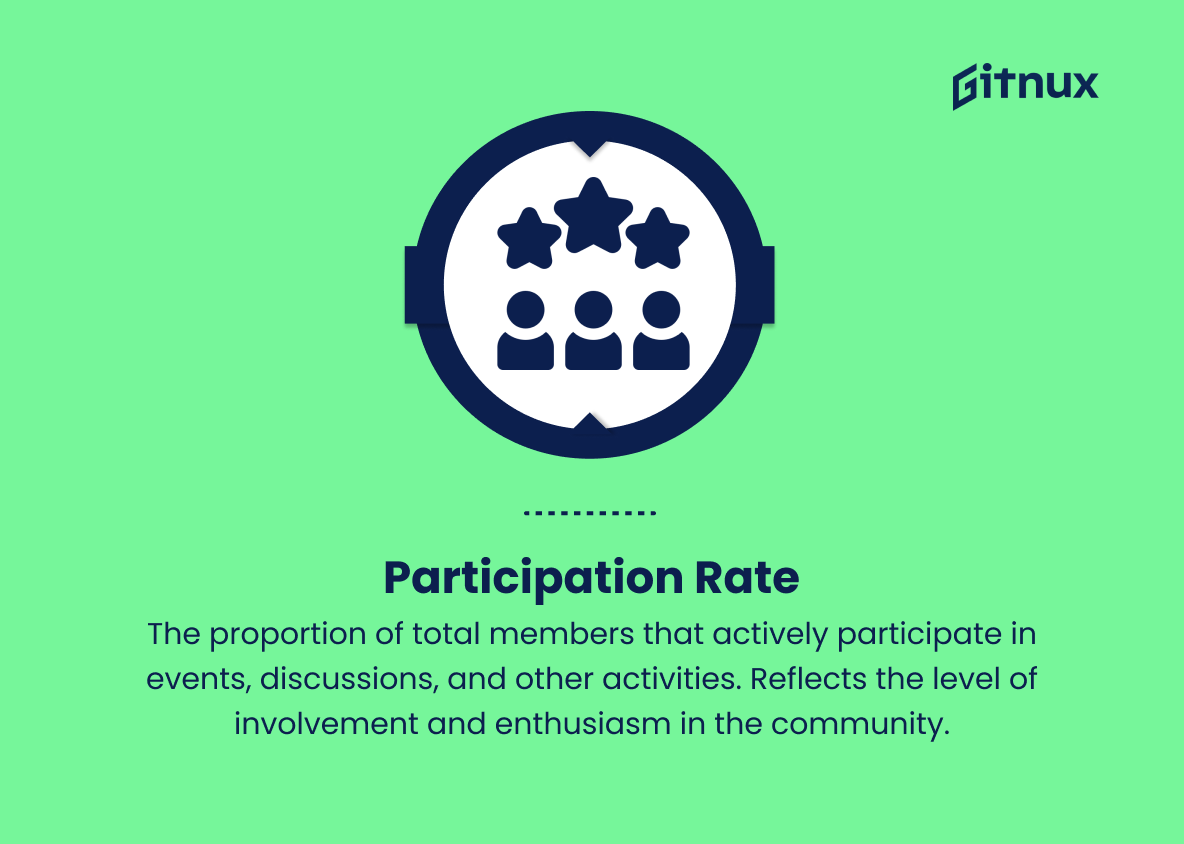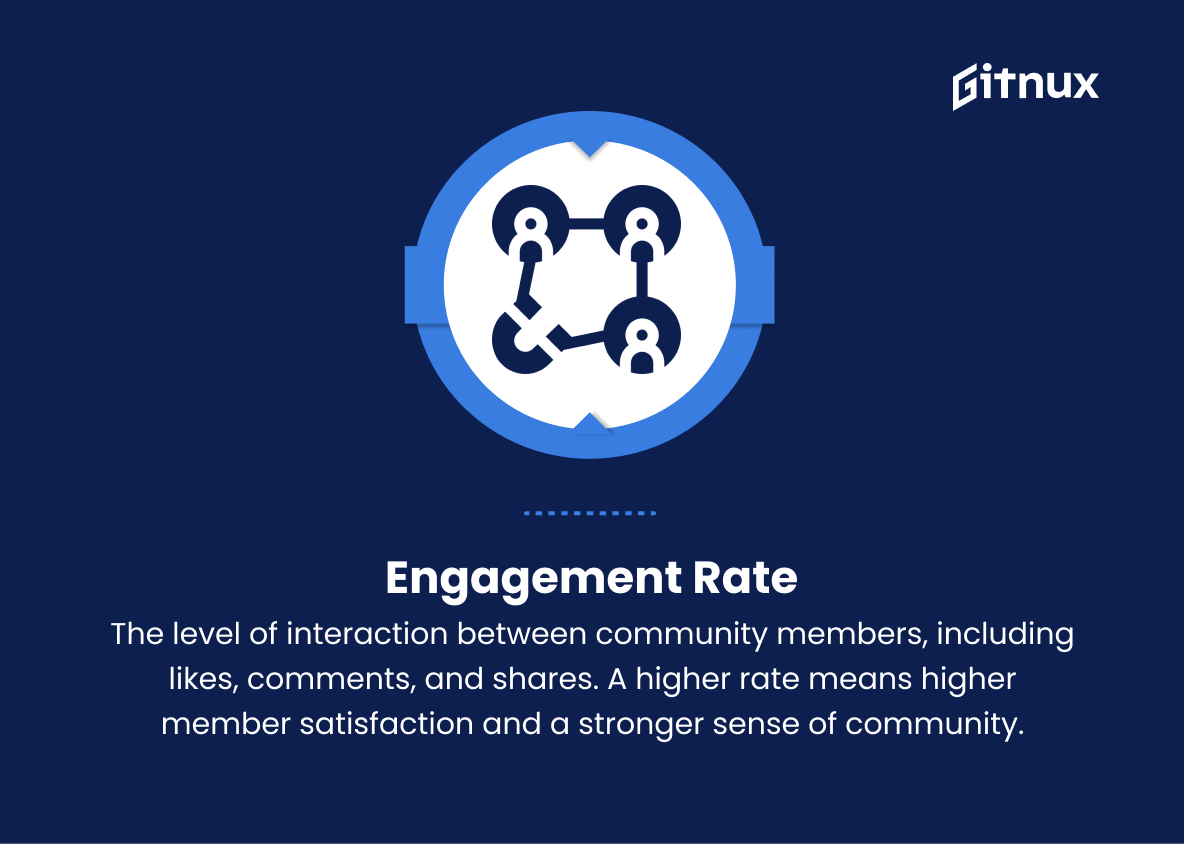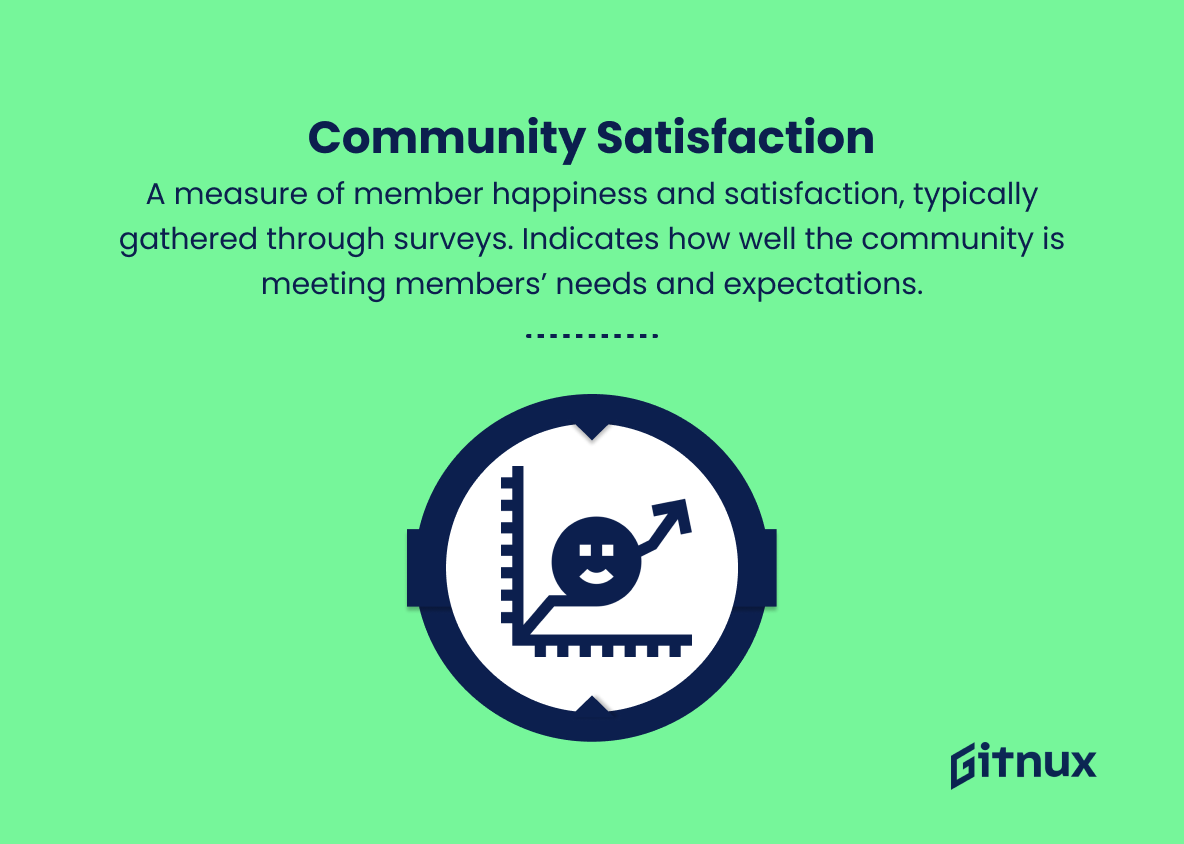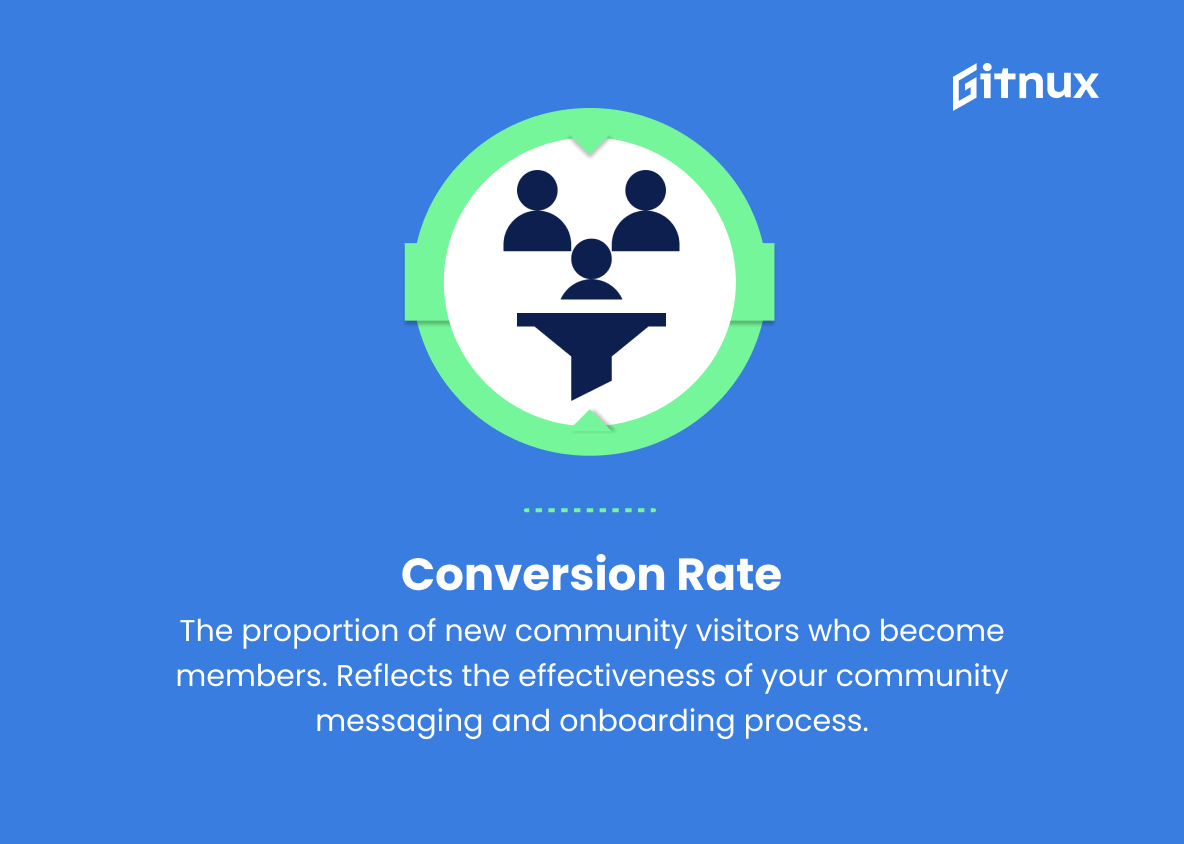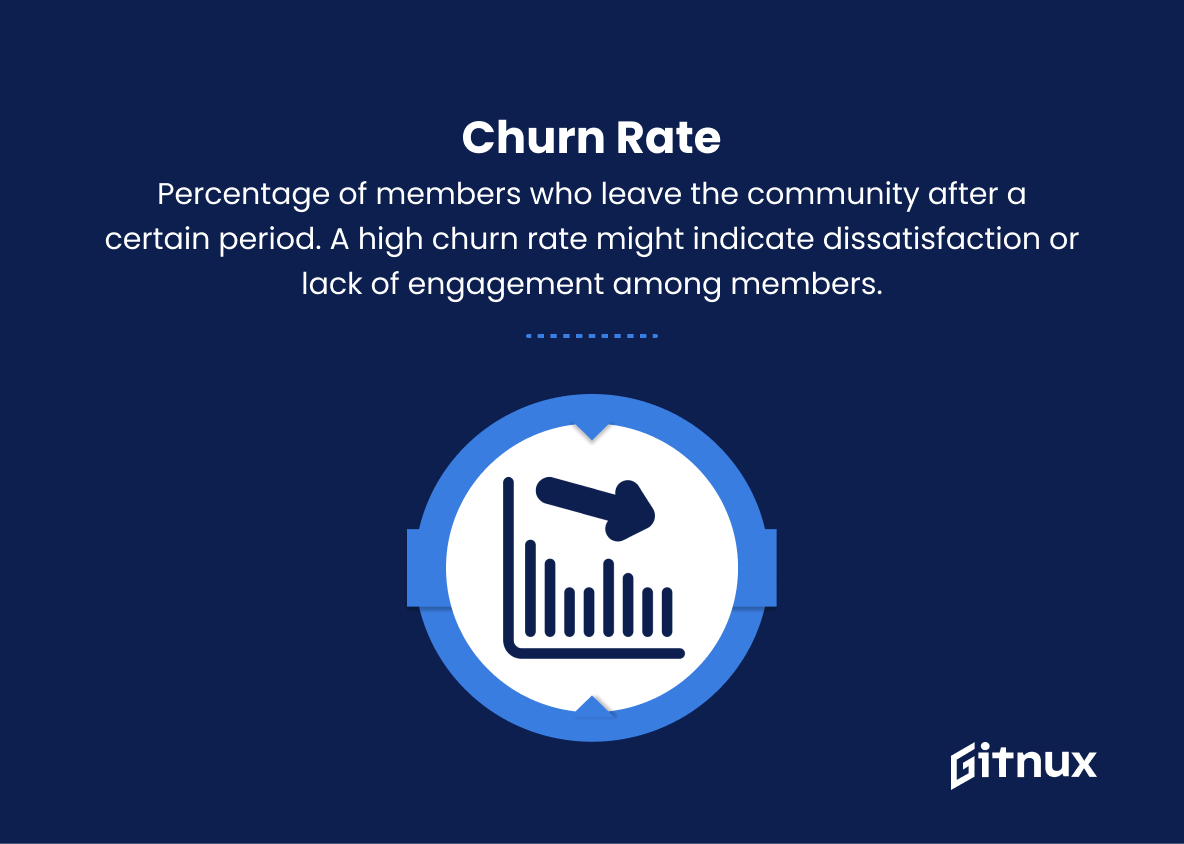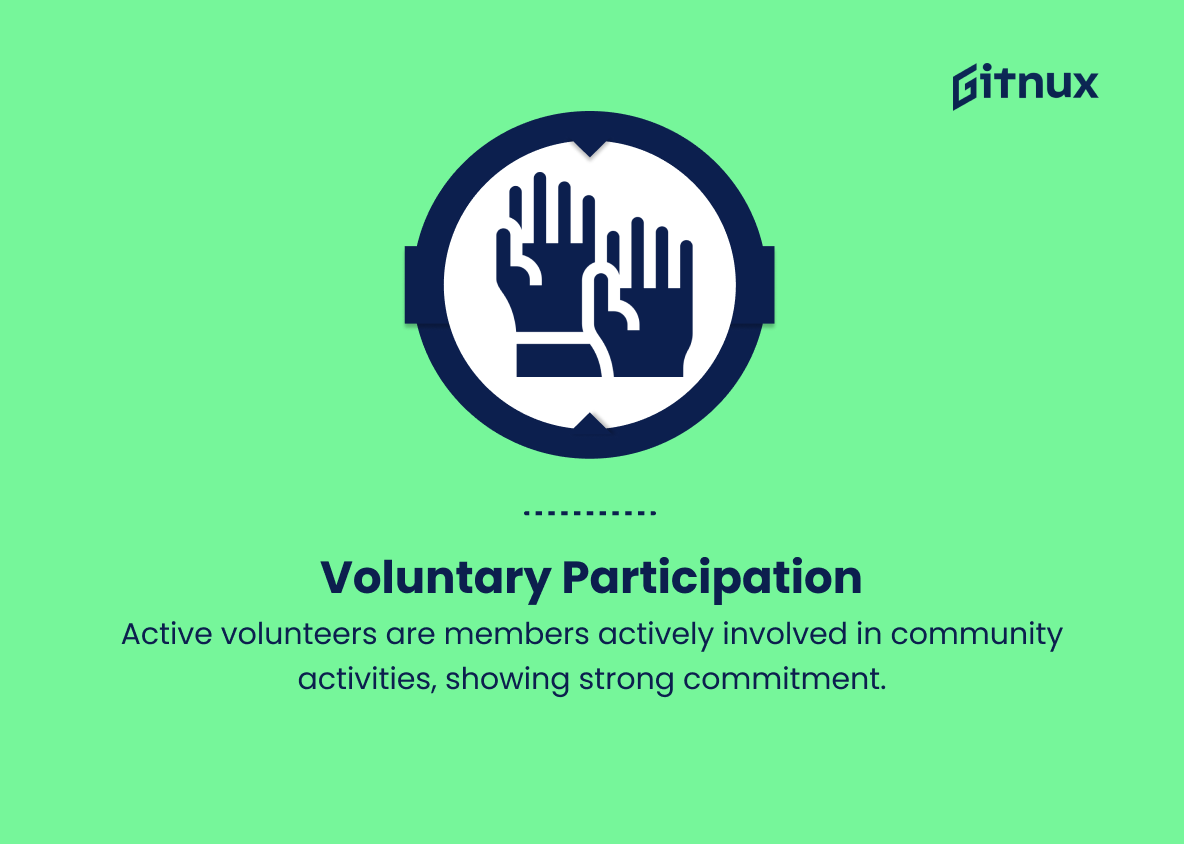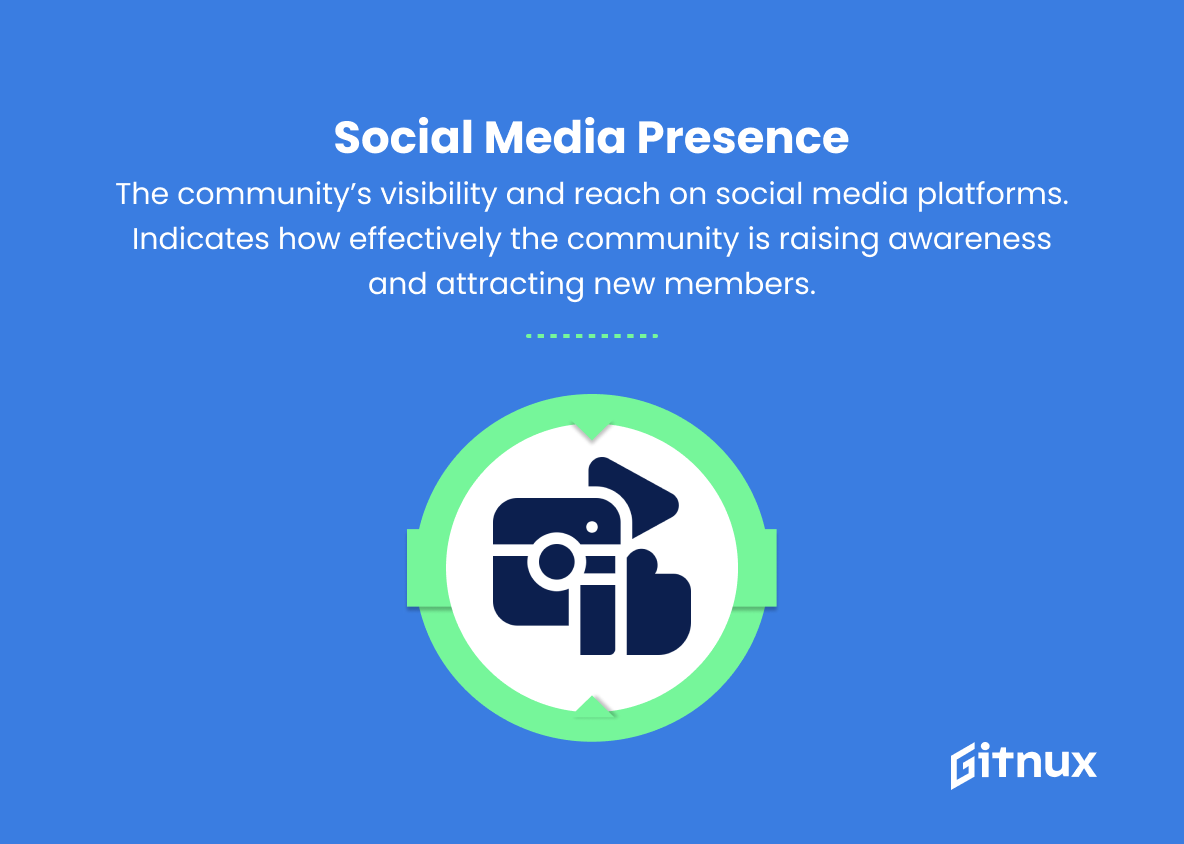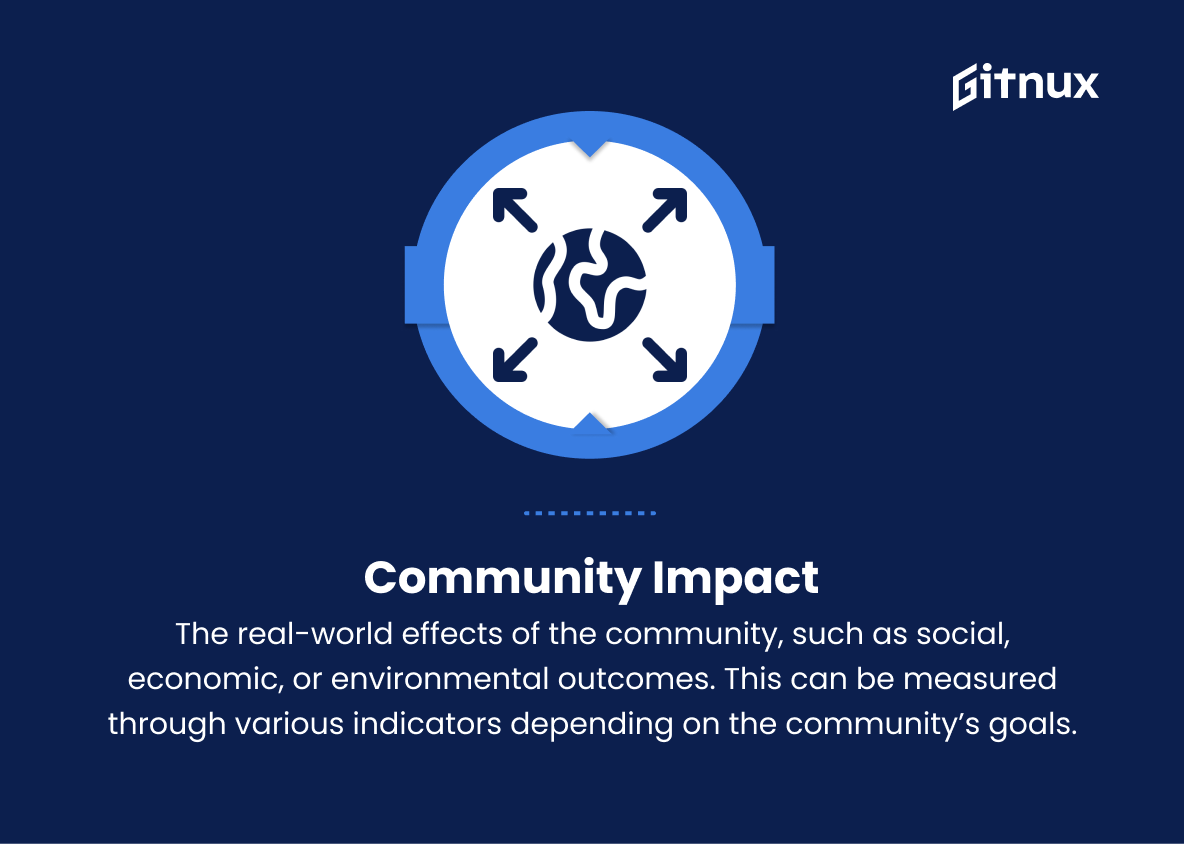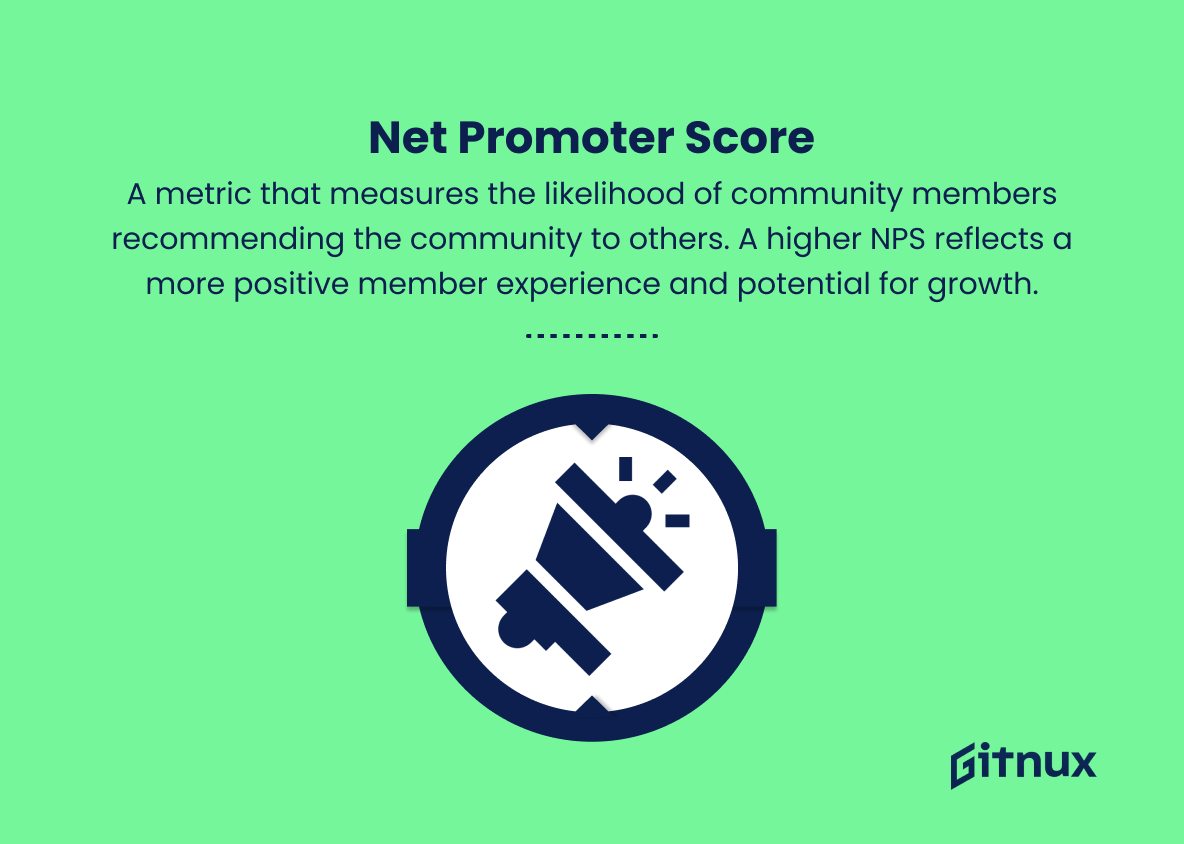In today’s interconnected world, the success of any thriving community—be it an online forum, a neighborhood, or a professional organization—depends not only on the participation and engagement of its members but also on the accurate assessment of its performance. Community Metrics provide a meaningful way to measure and evaluate the quality, growth, and overall progress of a community, which in turn supports its long-term development and sustainability.
In this compelling blog post, we’ll delve deep into the realm of Community Metrics, exploring their importance, methods for effective measurement, and practical strategies to boost your community’s overall performance. Join us as we embark on a comprehensive journey to elevate your community to new heights, one metric at a time.
Community Metrics You Should Know
1. Membership size
Total number of community members. It reflects the reach and impact of the community.
2. Active members
Number of members taking part in discussions or events regularly. It indicates the true engagement within the community.
3. Member growth rate
The rate at which new members join the community, showing the community’s appeal and attractiveness.
4. Member retention
The percentage of members who remain engaged and active over a certain period. An important measure of community health and sustainability.
5. Participation rate
The proportion of total members that actively participate in events, discussions, and other activities. Reflects the level of involvement and enthusiasm in the community.
6. Content contribution
The amount of user-generated content, such as blog posts, forum discussions, and comments. Indicates how much value members are adding to the community.
7. Engagement rate
The level of interaction between community members, including likes, comments, and shares. A higher rate means higher member satisfaction and a stronger sense of community.
8. Community satisfaction
A measure of member happiness and satisfaction, typically gathered through surveys. Indicates how well the community is meeting members’ needs and expectations.
9. Conversion rate
The proportion of new community visitors who become members. Reflects the effectiveness of your community messaging and onboarding process.
10. Churn rate
Percentage of members who leave the community after a certain period. A high churn rate might indicate dissatisfaction or lack of engagement among members.
11. Voluntary participation
The number of members actively volunteering to help organize events, moderate discussions, or contribute in other ways. This reflects a strong sense of ownership and investment in the community.
12. Social media presence
The community’s visibility and reach on social media platforms. Indicates how effectively the community is raising awareness and attracting new members.
13. Community impact
The real-world effects of the community, such as social, economic, or environmental outcomes. This can be measured through various indicators depending on the community’s goals.
14. Net promoter score (NPS)
A metric that measures the likelihood of community members recommending the community to others. A higher NPS reflects a more positive member experience and potential for growth.
15. Diversity and inclusivity
The degree to which the community represents and embraces various backgrounds, identities, and perspectives. A diverse and inclusive community fosters a richer and more innovative environment.
Community Metrics Explained
Community metrics matter as they provide valuable insights into the health, engagement, and impact of a community. Membership size reflects the reach and influence of the community, while active members and participation rates indicate the level of true engagement and enthusiasm. Member growth rate and conversion rate show the community’s appeal, and member retention and churn rate measure the community’s long-term sustainability.
Content contribution, engagement rate, and voluntary participation highlight the value created by community members, while community satisfaction and net promoter score reveal the community’s effectiveness in meeting expectations. Furthermore, a diverse and inclusive community promotes innovation, and metrics such as social media presence and community impact help assess the community’s broader influence. These metrics collectively facilitate better decision-making, allowing for the development and growth of a thriving and successful community.
Conclusion
In conclusion, community metrics are essential tools for understanding and measuring the growth, health, and effectiveness of your online community. By utilizing these metrics, organizations can analyze participation, engagement, retention, and overall user satisfaction.
By continually monitoring and adapting to these insights, community managers can take data-driven decisions that enhance the user experience and foster a stronger sense of connection among members. In short, community metrics give you the necessary foundation to nurture and grow a thriving and engaged online community that aligns with your brand’s goals and vision.
